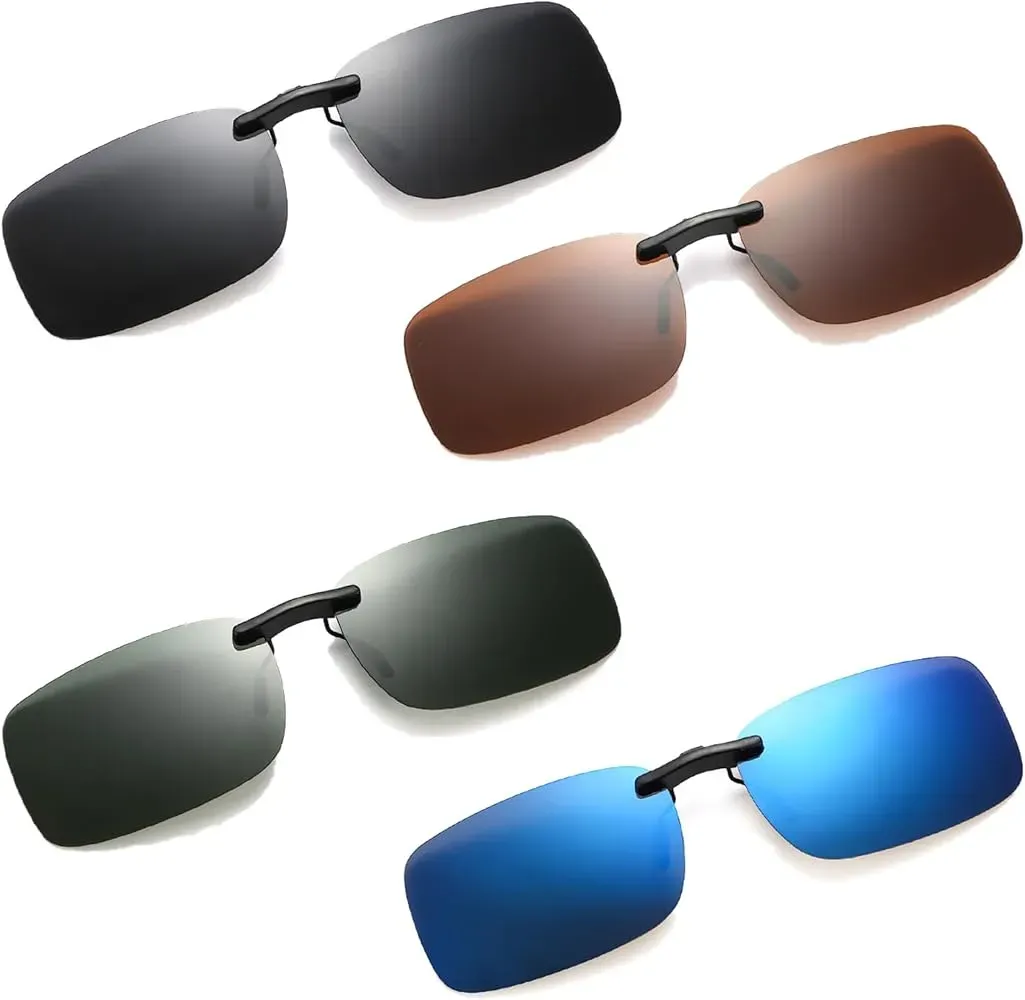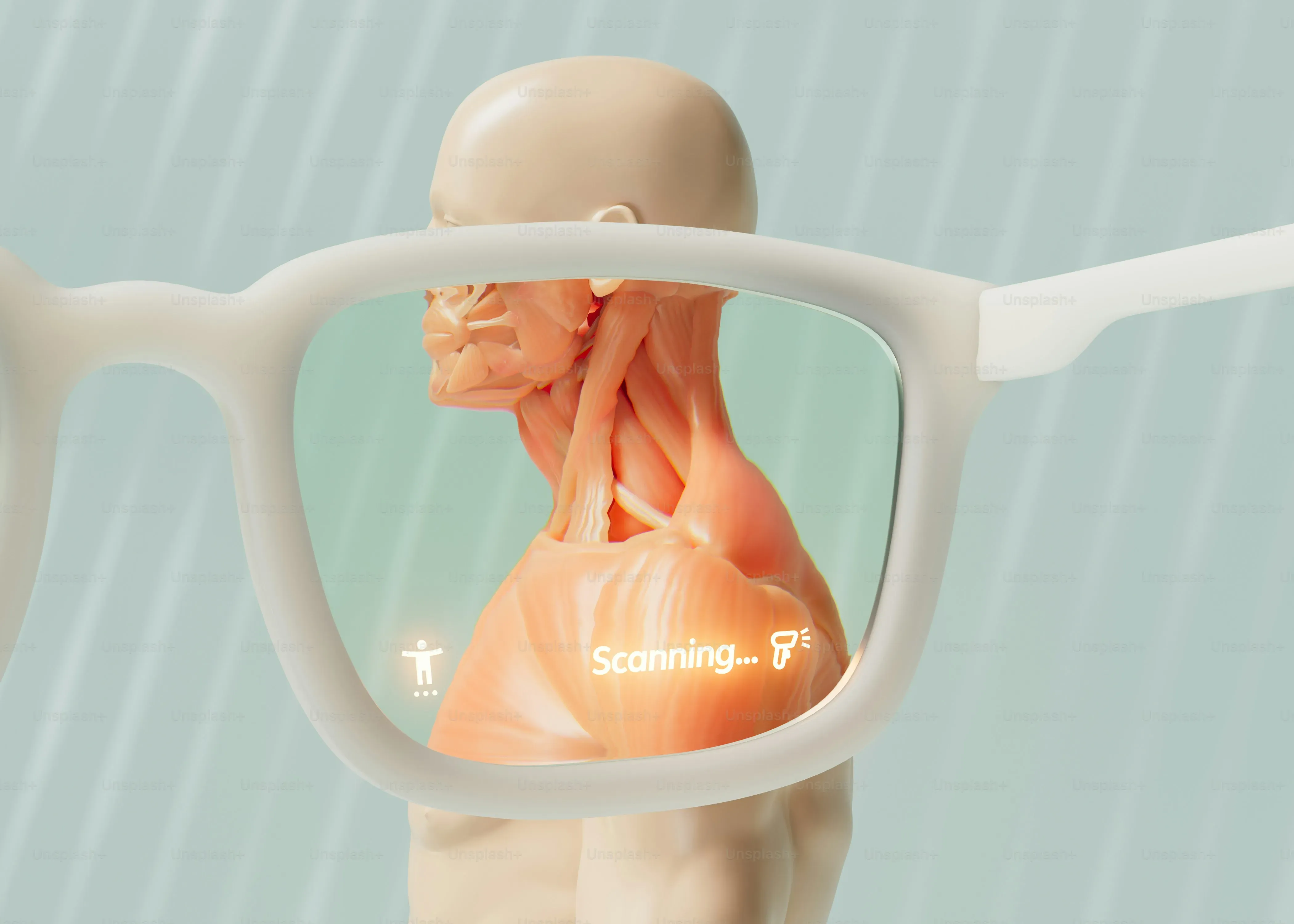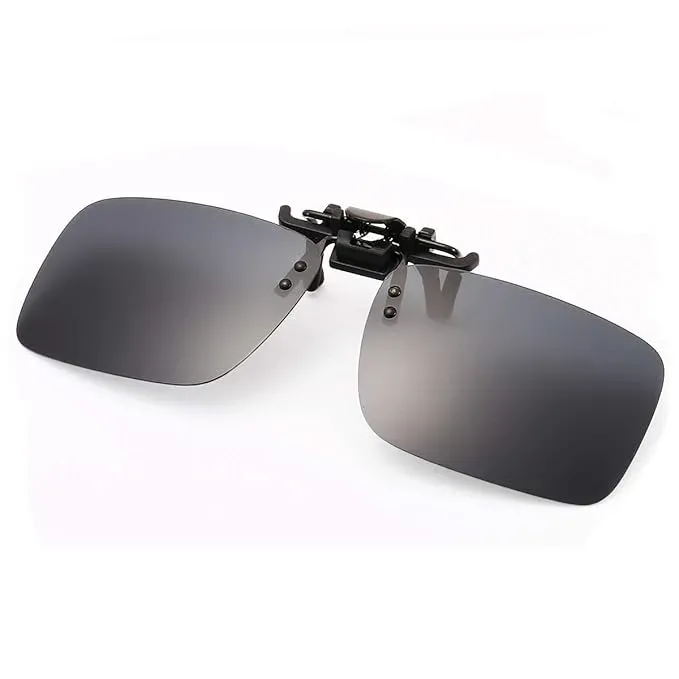Table of Contents
Let's be honest. Wearing prescription glasses is essential for seeing the world clearly, but then the sun decides to show up. Suddenly, you're squinting, wishing you had sunglasses, and wrestling with the age-old dilemma: do you swap your glasses for prescription sunglasses (and maybe lose them)? Do you try to cram regular sunglasses over your frames (hello, weird bridge gap)? Or do you just accept your fate as a squinter? There's got to be a better way to handle sunny days when you rely on corrective lenses. That's where a sunglass attachment for glasses enters the picture. Think of it as adding a sunglasses superpower to your regular frames without the hassle of juggling multiple pairs. It's a practical solution for anyone who needs sun protection without ditching their prescription. This guide will walk you through the different types of sunglass attachments for glasses, help you figure out which might work best for your specific needs and frames, and talk about the good, the bad, and the slightly awkward parts of using them daily. Ready to stop squinting and start seeing clearly in the sun? Let's dive in.
Why bother with a sunglass attachment for glasses?
Why bother with a sunglass attachment for glasses?
So, you wear glasses. Welcome to the club. And then the sun comes out, right? Suddenly, you're squinting like a pirate searching for land, or worse, trying to balance a pair of regular sunglasses precariously on top of your prescription frames. It looks ridiculous, it's uncomfortable, and frankly, it doesn't even work that well. You could drop a few hundred bucks on prescription sunglasses, but then you have to remember to carry *two* pairs of glasses everywhere, swapping them out every time you go inside or out. That gets old fast, and increases the odds of misplacing one pair or the other. This is precisely why bother with a sunglass attachment for glasses. It's the elegant, less complicated solution to a common problem. You get instant sun protection layered right onto the glasses you're already wearing, offering UV protection without the hassle or the expense of dedicated prescription shades. It's about convenience and protecting your eyes from glare and harmful rays without changing your primary eyewear.
Types of sunglass attachment for glasses: Clip, Magnet, Flip
Types of sunglass attachment for glasses: Clip, Magnet, Flip
Clip-On Sunglass Attachments: The Old Reliable
Alright, so you're tired of the squint-or-swap routine. The most common way to add sun protection is the classic clip-on sunglass attachment for glasses. These things have been around forever, and for good reason – they're simple. They usually have little prongs or a small clamp that grips onto the bridge or rims of your existing prescription frames. You just, well, clip them on. When you go inside, you unclip them and stash them somewhere. They come in various shapes and sizes to try and match your frame style, from round to rectangular, and often offer polarized lenses, which is a huge plus for cutting glare. You can find them pretty much anywhere glasses are sold, online or in brick-and-mortar shops. They're generally the most budget-friendly option out there.
Magnetic Sunglass Attachments: The Sleek Option
Moving up the evolutionary ladder, you find magnetic sunglass attachments for glasses. These are a bit slicker. Instead of physical clips that grab your frames, these attachments snap onto tiny magnets embedded in the frame itself. Now, this usually means you need frames specifically designed to accept these magnetic attachments. You can't just buy any magnetic attachment and expect it to stick to your grandma's old metal frames unless they came with the magnetic feature built-in. When you want sun protection, you hold the magnetic attachment near the front of your frames, and *snap*, it locks into place. Removing it is just a gentle pull. This method avoids the potential scratching or pressure points that clip-ons can sometimes cause, and visually, they often look more integrated, less like an afterthought perched on your nose.
Type | How it Attaches | Frame Requirement | Typical Look |
|---|---|---|---|
Clip-On | Physical clips/prongs grip frame | Usually works with most frame types | Can look bulky, visible clips |
Magnetic | Magnets embedded in frame | Requires specific magnetic-ready frames | Often looks more integrated, less visible attachment |
Finding the perfect sunglass attachment for your glasses
Finding the perfect sunglass attachment for your glasses
Matching the Attachment to Your Frames
so you've decided a sunglass attachment for glasses is the way to go. Smart move. Now comes the slightly tricky part: actually finding one that works with the frames you already own. This isn't a one-size-fits-all situation. Your existing glasses dictate your options. Look closely at your frames. Are they thick plastic, wire-rimmed metal, or something else? What's the shape of your lenses – perfectly round, rectangular, oval, something more angular? The bridge matters too – is it a simple saddle bridge or does it have nose pads? Clip-on attachments need something solid to grip onto, and some frame materials or shapes just don't play nice. Magnetic attachments, as we touched on, require frames specifically built with those hidden magnets. So, step one in finding the perfect sunglass attachment for your glasses is honestly assessing your current eyewear situation. Don't try to force a square peg into a round hole; it won't look good, and it won't stay put.
Considering Fit, Function, and Style
Once you have a handle on what *might* physically attach to your frames, you need to think about how you'll actually use it and how you want it to look. Are you someone who needs to flip the attachment up and down frequently, like when driving into a tunnel? A flip-up clip-on might be necessary. Do you just need something to snap on when you step outside for a prolonged period? A standard clip-on or magnetic option could work. Lens quality is critical; look for attachments that offer 100% UV protection to shield your eyes from harmful rays. Polarized lenses are fantastic for cutting glare, especially off water or roads. Then there's the aesthetic. Let's be real, some clip-ons look... like clip-ons. They can add bulk or look clunky. Magnetic options often offer a cleaner look. Think about the color and style of the attachment and how it complements or clashes with your frames. Visiting a place like sunglasshub.org or a local optical shop can help you see options firsthand and maybe even try a few on.
When you're trying to find the right fit, keep these things in mind:
- Frame Shape: Does the attachment lens shape roughly match your prescription lens shape?
- Frame Material: Can the clip securely grip without damaging your frames?
- Bridge Type: Does the attachment sit comfortably on your bridge or nose pads?
- Lens Size: Does the attachment fully cover your prescription lenses without gaps or overhang?
- Attachment Mechanism: Is the clip secure? Do the magnets align properly?
- Ease of Use: Can you attach and remove it easily when needed?
- Lens Quality: Does it offer UV protection? Is it polarized?
- Weight: Does the attachment feel heavy or uncomfortable on your face?
Living with a sunglass attachment for glasses: Pros and Cons
Living with a sunglass attachment for glasses: Pros and Cons
so you've picked out a potential sunglass attachment for glasses, maybe even ordered one. Now you're wondering what life is actually like when you clip or snap this thing onto your face every day. It's not always sunshine and rainbows, but it beats squinting through life. The biggest win is obvious: instant, convenient sun protection. You don't need a separate pair of expensive prescription sunglasses. You just attach the shades to the glasses you're already wearing, which saves you money and brainpower (less chance of forgetting them). They're also super handy for variable conditions – sun peeking in and out of clouds, or driving where the sun angle keeps changing. The downside? They can sometimes feel a bit clunky or add extra weight to your nose. Clip-ons can occasionally scratch your lenses if you're not careful, and they definitely scream "I'm wearing clip-ons." Magnetic ones look slicker but limit you to specific frames. Storing the attachment when you're not using it can be a minor annoyance; they usually come with a little pouch, but that's another thing to keep track of. It's a trade-off, sure, but for many, the benefits of readily available sun protection outweigh these minor daily hassles.
- Pros:
- Cost-effective alternative to prescription sunglasses.
- Convenient, always with your primary glasses.
- Easy to switch on and off as needed.
- Offers UV protection and often glare reduction (polarized).
- Less likely to misplace than a whole separate pair.
- Cons:
- Can add weight or feel bulky.
- Clip-ons might scratch lenses or frames over time.
- Magnetic types require specific frames.
- Need a place to store the attachment when not in use.
- Aesthetic can be less seamless than dedicated sunglasses.
Frequently Asked Questions about Sunglass Attachments for Glasses
Frequently Asked Questions about Sunglass Attachments for Glasses
Are sunglass attachments for glasses as good as regular sunglasses?
Look, let's manage expectations here. A high-quality sunglass attachment for glasses offers excellent UV protection, just like good sunglasses do. Many even come with polarized lenses, which are fantastic for cutting glare off shiny surfaces – water, snow, that blinding hood of the car in front of you. So, in terms of eye health and reducing glare, they can be just as effective as a standalone pair of sunglasses. However, they might not offer the same wrap-around coverage that some dedicated sunglasses provide, meaning you could still get a bit of light sneaking in from the sides or top depending on the fit. They also change the weight balance on your nose, which some people find noticeable. So, while they handle the core job of sun protection well, the overall experience might differ slightly from wearing frames specifically designed for sun. It's a practical tool, not necessarily a fashion statement or a perfect replica of a dedicated pair.
Can I use a sunglass attachment for glasses on any frame?
This is a common question, and the short answer is: probably not *any* frame, but many. As we discussed earlier, clip-on sunglass attachments for glasses are designed to grip onto the bridge or rims. They generally work best on frames with a defined edge or bridge they can latch onto securely. Very thin wire frames or frames with unusual shapes can be tricky. Magnetic attachments are even more specific – they require frames that were manufactured with tiny magnets already embedded in them. You can't just add magnets to your existing frames unless they were built that way. So, while you have options, you'll need to check compatibility based on your current glasses. It's not a universal fit, unfortunately.
Think of it like trying to put custom hubcaps on a car. They need to match the wheel size and design. Your frames have their own "design requirements."
What kind of frames do you currently have? That's the first thing to figure out.
How do I choose the right size sunglass attachment for my glasses?
Picking the right size sunglass attachment for your glasses is crucial for both function and looks. The attachment needs to cover your prescription lenses completely to block the sun effectively and protect your eyes. An attachment that's too small will leave gaps, and one that's too large will look awkward and might not sit properly. The best way to figure this out is to measure your existing lenses. You'll need the width of one lens at its widest point and the height at its tallest point. Also, measure the width across both lenses, including the bridge, if you're looking at a clip that spans the whole front. Sunglass attachment manufacturers usually provide dimensions for their products. Compare your frame measurements to the attachment's dimensions. If you can, trying them on in person is ideal. Some online retailers might offer printable templates you can hold up to your frames, which can help, but it's not foolproof. When in doubt, check the return policy before you buy.
- Measure the width of one lens.
- Measure the height of one lens.
- Measure the total width across both lenses and the bridge.
- Compare these numbers to the sunglass attachment dimensions.
- Look at the shape – does it roughly match your lens shape?
Making the Call on Sunglass Attachments
So, we've looked at the world of sunglass attachments for glasses – the clips, the magnets, the flip-ups. They offer a straightforward path to sun protection without requiring a whole new pair of prescription sunglasses. While not every attachment is a perfect fit for every frame, or every face for that matter, the options are out there. Choosing the right one depends on your specific glasses, your lifestyle, and what you find most convenient (or least annoying). They are a functional tool for managing bright light when you wear glasses, providing a practical alternative to juggling multiple pairs. Ultimately, finding the right sunglass attachment for your glasses comes down to assessing your needs and perhaps trying a few options to see what works best for keeping the glare at bay.
